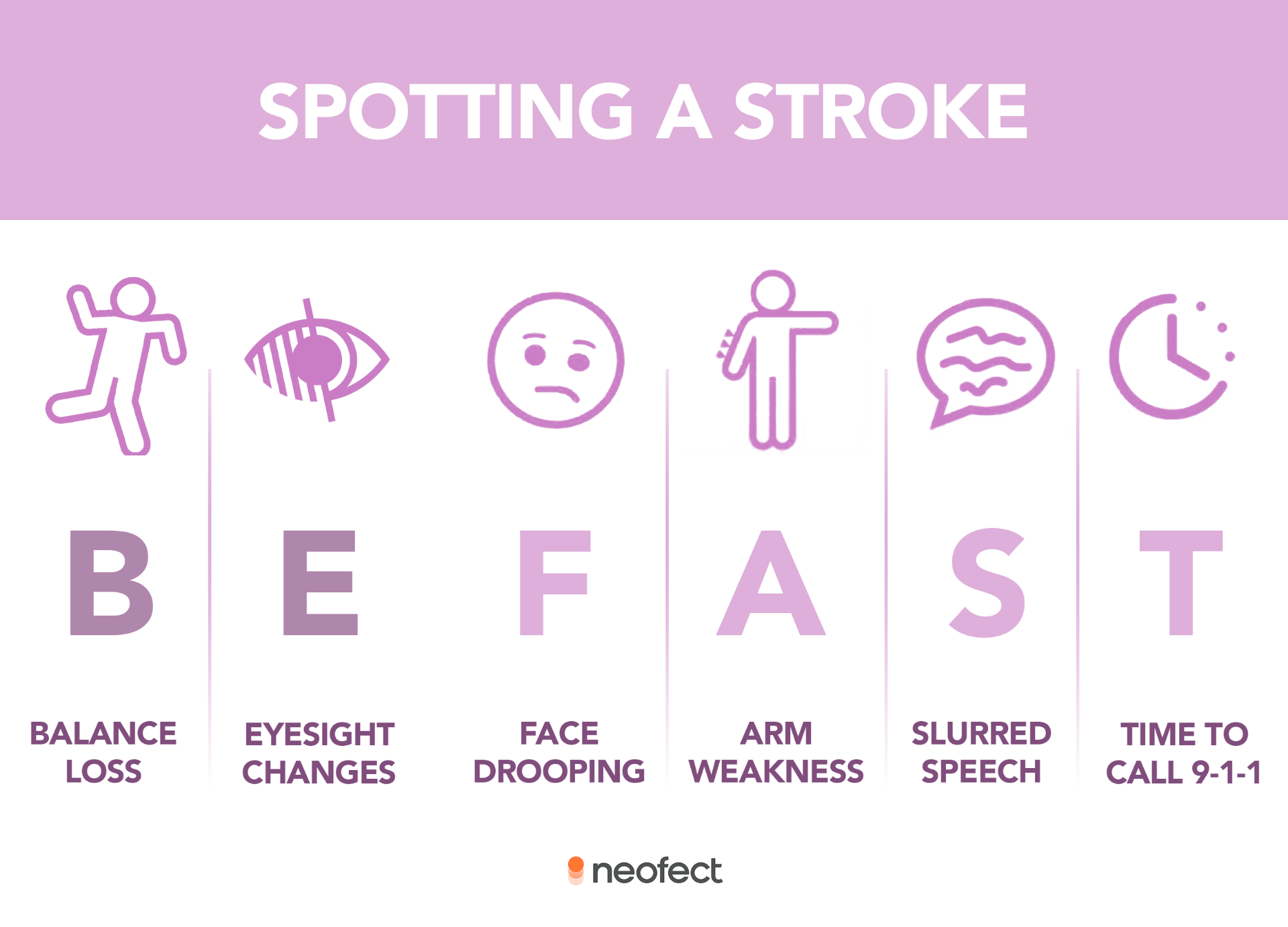Strokes: Onset and aftercare
Information for caregivers and survivors
*Contact 911 if you suspect you may be experiencing a stroke. This website is intended to provide information and support during the recovery stages of a stroke. Emergency services should be called immediately when the stroke is recognized.*

This site is a guide through the general knowledge required to raise stroke awareness regarding onset and prevalence and inform survivors and caretakers about treatment options, including how to incorporate innovative uses of technology into a treatment plan. As technology advances, methods and resources for recovery following the onset of a stroke become more advanced and accessible. Additionally, these resources are able to be implemented to a greater degree in the role of caregiving for these stroke survivors.
What is a stroke?
A stroke occurs when regular blood flow to or within the brain is disrupted. This can either take the form of a blocked blood vessel (ischemic) or a stroke may occur when there is bleeding in or around the brain due to circumstances such as a broken blood vessel (hemorrhagic).
Types of stroke and recovery
Ischemic (uh-skee-muhk) Stroke
This is the most common type, about 87% of all strokes are ischemic in the United States. These strokes are easier to recover from compared to hemorrhagic strokes.
A transient ischemic attack (TIA) is a subtype of stroke and is the least invasive type. The blockage that prevents regular blood flow within the brain is temporary and results decreased symptoms.
Depending on medical history, symptoms of a TIA may be resolved in minutes to hours while only 10% of those that have experienced an ischemic stroke make a full recovery, 25% experience minor impairments, and 40% live with impairments that may require special care.
Hemorrhagic (heh-mr-a-juhk) Stroke
The less common hemorrhagic stroke is more difficult to treat as the origin is less apparent and can be widespread. The survival rate following a first instance of hemorrhagic stroke is about 26.7%.
Generally, about 1/4 of those that have strokes will experience a second attack. This is potentially mendable through lifestyle alterations.
Quick Facts
Stroke prevalence in the United States

One in three adults in the U.S. experience at least one condition that sets them at a higher risk for stroke

On average, someone has a stroke every 40 seconds

795,000 people experience a stroke every year with 76.73% of these instances being a first offense
Learn more general facts about strokes.
Recognizing a stroke
MOST COMMON WARNING SIGNS

B— Balance
- The first indication of the onset of a stroke may be the individual losing balance.
E — Eyes
- Additionally, they may undergo a sudden change in their visual field such as blurriness. Strokes often affect one side of the brain, resulting in altered vision in the eye on the opposite side.
F — Face
- One side of the face droops due to a lack of regular blood flow, causing facial nerves and tissues to be deprived of oxygen and become damaged. This symptom is most recognizable in the eye and mouth regions of the face.
A — Arms
- Similarly, lack of regular blood flow causes muscle weakness down one arm due to a lack of oxygen to necessary portions of the brain. In some cases, rather than experiencing weakness, one might feel tightness in their arm (spasticity of the arm muscles).
S — Speech
- Speech can become slurred due to a paralysis of muscles necessary for verbal communication.
T — Time
- Every moment is crucial from the initial onset of a stroke! Emergency services should be contacted immediately since a quick response is the best method of avoiding long term damage to the brain.